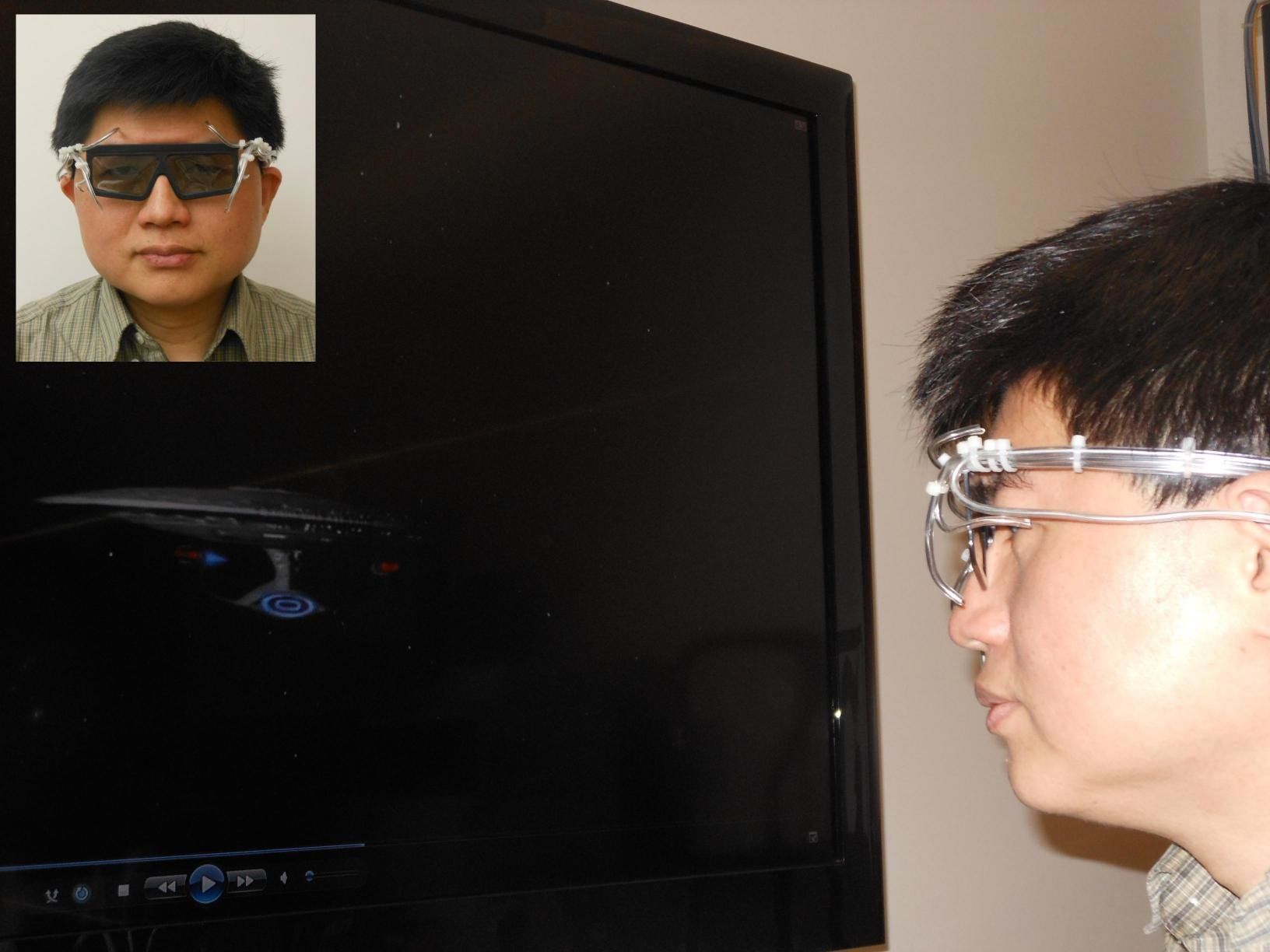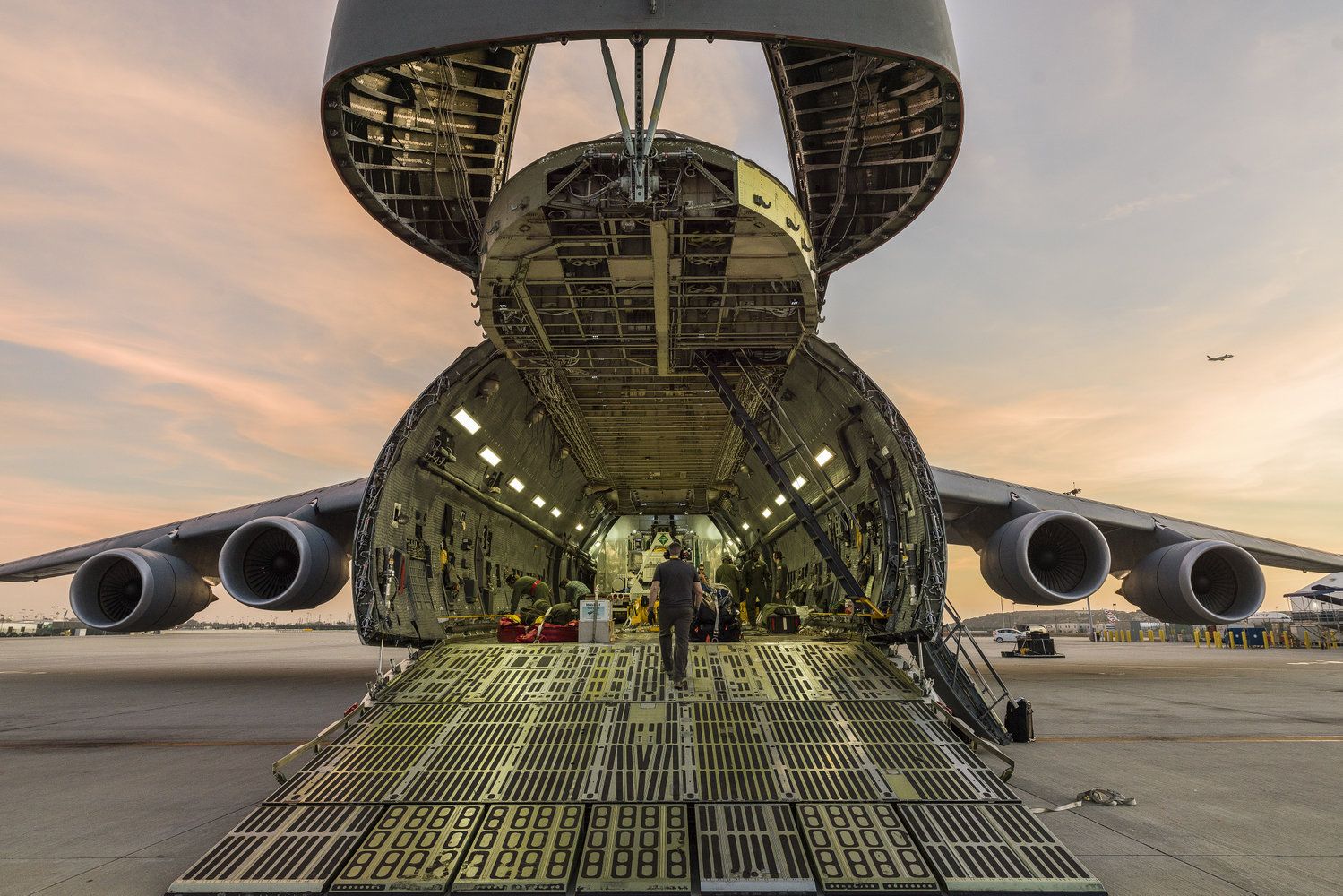The Tesla Roadster and its mannequin driver that launched into space aboard SpaceX’s first Falcon Heavy rocket on Tuesday (Feb. 6), has been spotted by a telescope on the ground.



A team of researchers at UC San Diego and San Diego State University has developed a pair of “4D goggles” that allows wearers to be physically “touched” by a movie when they see a looming object on the screen, such as an approaching spacecraft.
The device was developed based on a study conducted by the neuroscientists to map brain areas that integrate the sight and touch of a looming object and aid in their understanding of the perceptual and neural mechanisms of multisensory integration.
But for the rest of us, the researchers said, it has a more practical purpose: The device can be synchronized with entertainment content, such as movies, music, games and virtual reality, to deliver immersive multisensory effects near the face and enhance the sense of presence.
The Falcon Heavy is finally on its way to mars and this rocket has had its fair share of delays. Elon Musk gave us a first glimpse of the rocket a couple of months ago and then a little later announced the unique cargo that it would be carrying. At the start of this year, he announced that the rocket will be launched within the first month but there were more unexpected delays and things finally got back on track as it completed the static test last week.
The Falcon Heavy Rocket launched its test flight successfully from the Kennedy Space Center in Florida. Millions of fans from all around the globe watched the launch go off without a hitch. The Falcon Heavy has 27 engines which give a thrust equal to 18 Boeing (BA) 747 jetliners making it the biggest rocket ever made. “It’s the biggest rocket in the world by far,” SpaceX CEO Musk told CNN’s Rachel Crane on Monday.

NASA’s James Webb Space Telescope has arrived in California for final assembly in preparation for launch in 2019.
The two halves of the James Webb Space Telescope (Webb) arrived at Northrop Grumman Aerospace Systems’ Space Park facility in Redondo Beach, California, on Feb. 2, after being transported from NASA’s Johnson Space Center in Houston, according to a statement from NASA. Later this summer, the optical telescope and integrated science instrument module (OTIS) will be combined with the Telescope’s spacecraft element; together they will officially become the Webb observatory.


SSPI approach: • Enabling technologies developed at Caltech • Ultra-light deployable space structures • High efficiency ultra-light photovoltaic (PV) • Phased Array and Power Transmission • Integration of concentrating PV, radiators, MW power conversion and antennas in single cell unit • Localized electronics and control for system robustness, electronic beam steering • Identical spacecraft flying in formation • Target is specific power over 2000 Watts per kilogram. This would cost competitive with ground-based power.


